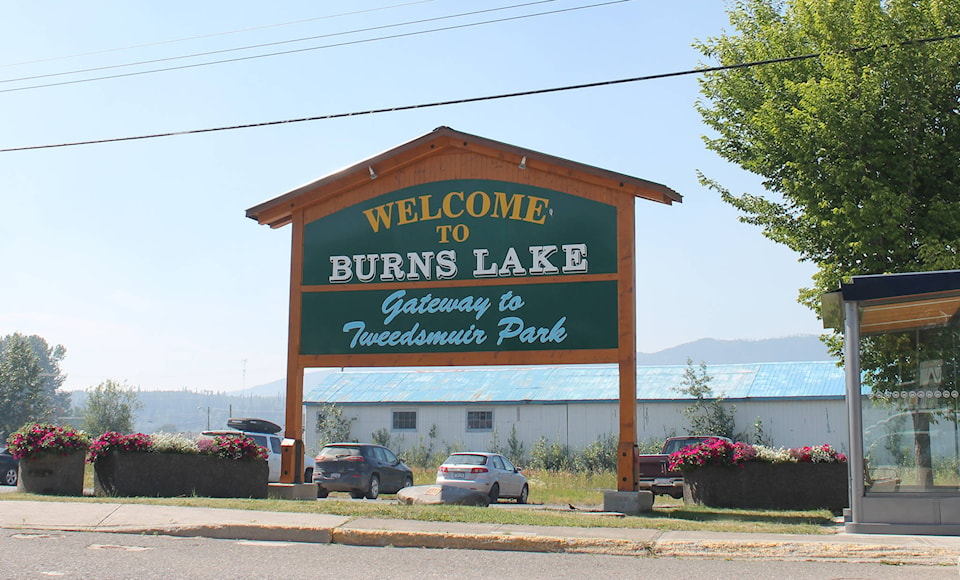According to the latest batch of data released from Statistics Canada’s 2016 census, the number of people living in low-income households in Burns Lake is higher than in nearby communities.
In 2015, approximately 19 per cent of the Burns Lake population lived in low-income households. That’s higher than Electoral Area B (14 per cent), Houston (14 per cent), Fraser Lake (14 per cent), Smithers (12 per cent), Fort St. James (11 per cent) and Vanderhoof (11 per cent).
“This is not a surprise to us,” said Candice Little, coordinator of the Lakes District Food Bank. “We have been seeing an increase in working people who need to access the services of the food bank; even full-time jobs are sometimes not enough to support a family, especially if they are working for minimum wage.”
The Lakes District Food Bank serves between 90 and 110 families each week.
Slightly more than 15 per cent of British Columbians remain under the low-income cutoff – a number that has barely changed in the past decade.
At 20.3 per cent, Port Alberni had the highest number of low-income earners. The greater Vancouver area sits at 16.5 per cent, in comparison, while Fort. St. John comes in the lowest with 7.3 per cent.
Low-income status is determined based on low-income measure, after-tax. For a one-person household, the after-tax low-income measure was $22,460 in 2015. For larger households, this amount was adjusted upward by multiplying it by the square root of household size.
The median income of households in Burns Lake in 2015 was $68,267, compared to $70,336 for all households in Canada. The median income of households in Electoral Area B was $81,152 in 2015.
Earlier this year, Statistics Canada’s 2016 census revealed that the population of Burns Lake has become older in the past five years. While the medium age of the Burns Lake population was 34 in 2011, the medium age in 2016 was 39.
In addition, the 2016 census shows that the population of Burns Lake has decreased by 250 people since 2011 - from 2029 to 1779 persons (Statistics Canada does not include the First Nations population living on reserve). This information was completely disregarded in Burns Lake’s official community plan (OCP), which was updated last year.
“It is thought that this population estimate is incorrect and it is generally accepted by the Village of Burns Lake that the Burns Lake population has remained stable, and largely unchanged from the 2011 census,” states the OCP.
British Columbians pocketing almost one-eighth more income
British Columbians are taking home 12.2 per cent more than they were 10 years ago.
Statistics Canada data released last week suggests that incomes in the province rose by 12.2 per cent between 2005 and 2015.
The figures place B.C. residents’ earnings seventh in Canada, but still above the national rate of 10.8 per cent. The province’s median household income was $69,995, compared to $70,336 Canada-wide.
- With files from Katya Slepian
